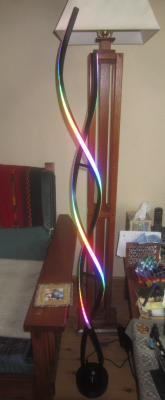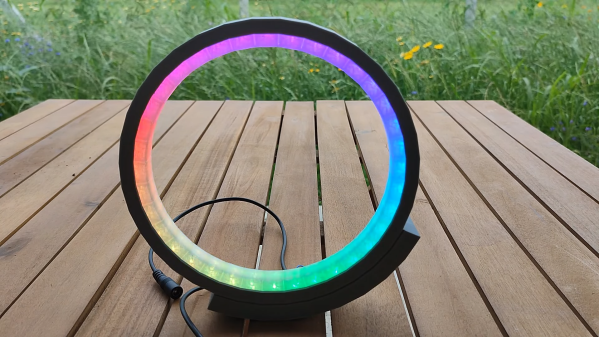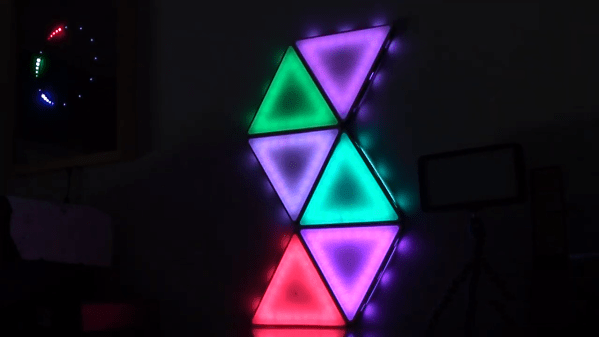Tattoos. Body paint. Henna. All these are popular kinds of body art with varying histories and cultural connotations, many going back centuries or even longer. They all have something in common, though—they all change how the body reflects light back to the viewer. What if, instead, body art could shine a light of its very own?
This is the precise topic which [Katherine Connell] came to discuss at the 2024 Hackaday Supercon. Her talk concerns rethinking body art with the use of light emitting diodes—and is both thoroughly modern and aesthetically compelling. Beyond that, it’s an engineering development story with liquid metal and cutting-edge batteries that you simply don’t want to miss!
Continue reading “Supercon 2024: Rethinking Body Art With LEDs”
















